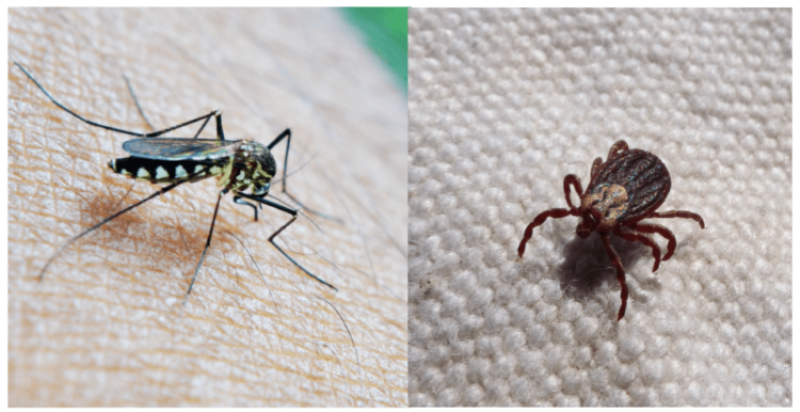Lyme disease and West Nile virus are among the ailments that ticks and mosquitoes are spreading in more of the U.S. Reported infections after tick, flea and mosquito bites have surged over the past two decades, according to data from the Centers for Disease Control and Prevention.
Changing land use and climate have allowed ticks to expand their habitat. Warming temperatures can encourage mosquito-borne outbreaks, and more global travel risks moving the bugs and their diseases to new areas. That can challenge doctors and communities unaccustomed to dealing with these diseases.
Lyme disease is the most common tick or mosquito–borne disease in the U.S. It is most prevalent in the Northeast and Midwest, where the blacklegged tick that carries Lyme-causing bacteria has expanded its range, leading to more infections.
West Nile virus and other mosquito-related infections spread cyclically but unpredictably, in part because of the mosquito’s short lifespan.
The virus first appeared in the U.S. in New York City in 1999 and reached most of the country within five years. It is now the leading cause of mosquito-borne illness in the continental U.S.
The razing and regrowth of forest in the Northeast has facilitated a boom in the deer population, which have brought blacklegged ticks back with them.































